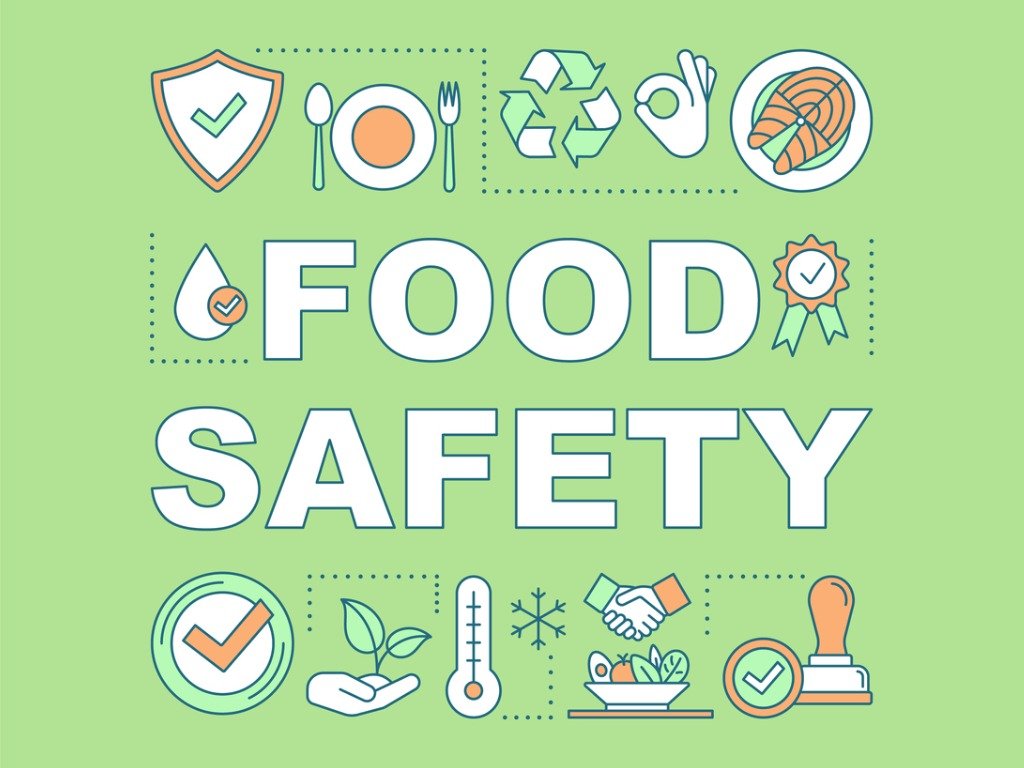Establishing a food safety culture in your organization is critical to the process from farm to table. Every individual involved in food production, manufacturing, distribution, and consumption has a stake in the safety of food. The financial burden posed by food recalls can be significant. Consumer foodborne illnesses can create reputational and economic issues for companies involved in bringing food to consumer tables. In some cases, failure to comply with mandated food safety standards has caused organizations to close their doors permanently.
Food safety culture is the essence of food safety practice and goes beyond checklists and science. Food safety culture is how the organization not only adopts and incorporates processes to protect products but extends to how employees view their roles and the organization’s role in food safety. Educating personnel on existing requirements for food safety is important to comply with rules and regulations to keep food safe. In addition to education, thorough training on processes and procedures is critical for mitigating product risk. Having a food safety culture with a focus on education and training is important for employees to appreciate and embrace these requirements.
Building and maintaining a proactive and committed food safety culture can be achieved by following several steps.
Ensure that training and education programs are easily understood by all. Common tactics to achieve a knowledge base are avoiding language barriers and making sure everyone understands any jargon used, holding refresher courses for all personnel, making sessions brief, and scheduling sessions at the beginning or end of shifts.
Reinforce that food safety and compliance with existing rules and regulations can save lives. During education sessions, provide examples of patients impacted by preventable foodborne illnesses and highlight how it affected their lives. Cite what can happen if processes and procedures are not followed.
Document complete processes and procedures to comply with food safety rules. Documentation of procedures can help personnel stay mindful and reduce risk. Being able to refer to well-documented checklists can also be helpful if an employee is confused or unsure about something. All documents should be part of a continuous improvement process. Any change in a process should be communicated to all personnel.
Remind employees that food safety begins and ends with them as individuals. Instill a personal sense of responsibility in their food safety role. Foster a sense of pride for operations running smoothly and for keeping food safety risk minimal. Emphasize the rewards of a focus on prevention.
Encourage a “If you see something, say something” environment for corrective actions. Have a reward-based system in lieu of a punitive system for reporting concerns. Praise individuals who discover a flaw in the process or daily operations as opposed to punishing employees who might make a mistake. Show personnel that management takes their concerns seriously and addresses them quickly and thoroughly to prevent product recall.
Be open to “safety stand downs” at the workplace for review of processes. Even if there have not been any recent issues, hold regular sessions with employees on how to avoid mishaps in food safety management. If there have been incidents (even if it did not result in a recall), review with staff how to proactively avoid these in the future.
Management should walk the walk, not just talk the talk. Make sure management is always aware of issues that impact food safety. Speak with staff about challenges or opportunities in their roles as food safety stewards. Reinforce staff roles in preserving the food safety culture and how they can impact consumers. Send out Food Safety Culture surveys to staff members to make sure they understand and are adopting food safety measures to protect their products.
When everyone in an organization understands and embraces how critical their roles are in maintaining food safety, the overall risk of poor products diminishes. The time and effort spent in properly educating, training, and valuing employees at every level will pay off in reduced recalls and the impacts of contaminated food. Instilling pride and ownership at every level of production and manufacturing can create a positive food safety culture. If we continue to shift towards a proactive approach to food safety, with an emphasis on risk mitigation, it may help reduce the 600 million cases of foodborne illness reported globally each year.
To learn about WorldAware’s Food Safety Culture Assessment Tool and see where your organizations stands, contact Customerservice@worldaware.com.

